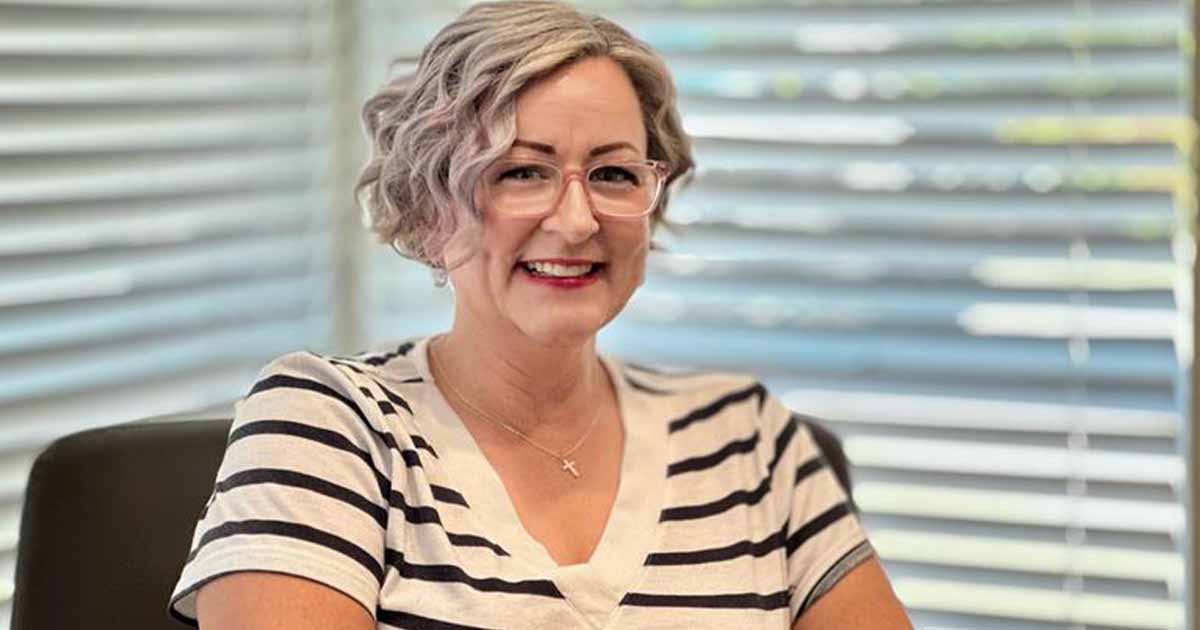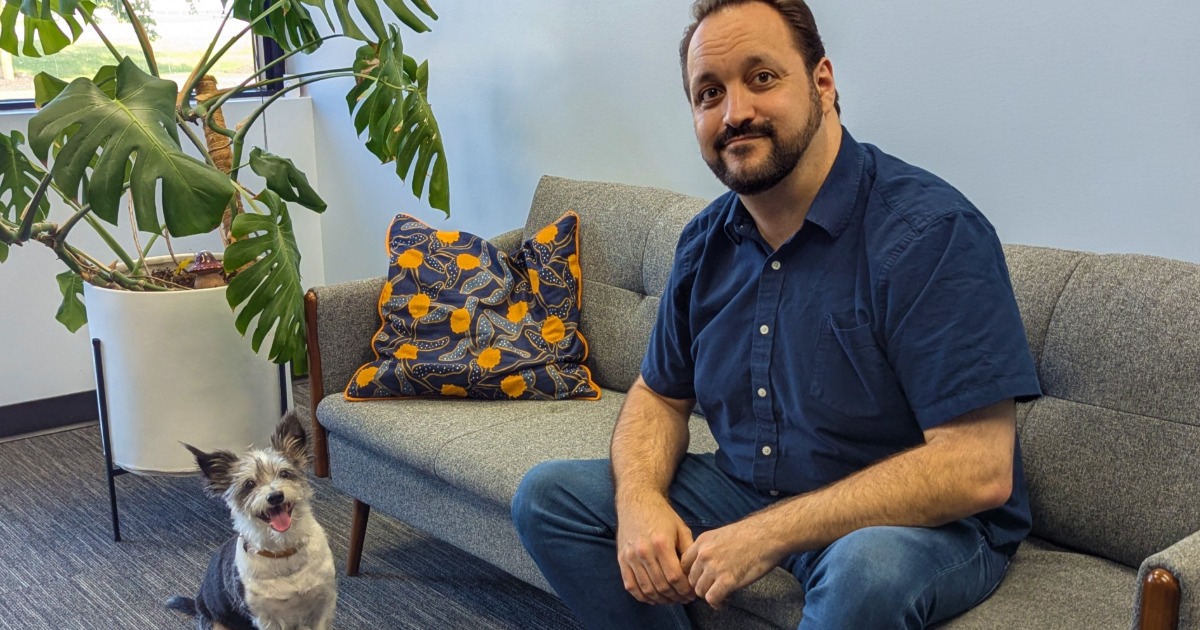As director of the HIT Initiatives Group in the Office of E-health Standards and Services at CMS, Elizabeth Holland is front and center at the rules table, shaping the meaningful use rules that many view as driving healthcare transformation. Holland is a veteran policymaker. She joined CMS in 1991, right around the time the proposed rule for the Medicare fee schedule was in the works. CMS received 100,000 comments - all on paper.
"We got these long letters from every medical specialty society that was worried about their batches of codes," she said. "So, we would sit and cut up the comments and sort them into boxes - and then give someone a box and then say, 'summarize your box.'"
"You think about all the CBT codes - how many boxes, how many ranges we had," she said. "So that's when I started doing regulations. It was really challenging."
Healthcare IT News asked this veteran rulemaker to provide a glimpse into the path taken to crafting the final rules for meaningful use Stage 2.
The final rule discusses the comments and gives an idea of what the group was thinking in each case?
Yes, and we feel very strongly about that. We feel that was our responsibility. For us, for this program, the real challenge was Stage 1 NPRM (Notice of Proposed Rulemaking) because that was when we were designing the program from scratch, and no one knew what to expect, and so that we had to go through every detail, not just meaningful use objectives, but everything - how the payments would be calculated, every little detail about the program. So this round of rulemaking was somewhat easier because we had a framework, and people knew what to expect. They knew we were defining meaningful use for Stage 2, but they already knew what meaningful use was all about. They knew how the program worked or where it didn't work.
You don't hear too many people complaining. CIOs seem to take it as a given.
From the NPRM, we stayed true to it, and there were many cases where we got comments. We read all the comments, and we really do puzzle over them, and we have to balance how we're going to move forward, and there were a lot of debates and analyses done. You try to satisfy as many people as you can. To me that is the most challenging part because you want to come up with good policy. You come on some sort of ground so that nobody's totally happy, but everybody's able to live with it.
How many people in the room discussing these issues before you come out with the final rule?
It's an iterative process. I would say for a lot of the objectives we didn't start from scratch. We had recommendations from the HIT Policy Committee. We always use that as our starting place. It's hard to say how many people in the room, because there are a lot of people in the room virtually, but it is a sizable number. It takes months to hammer through all the issues. Then once we believe we have a position for a particular measure, for example, it gets written up, and it goes into a document and that eventually goes into clearance.
What was the biggest concern you heard from hospitals and health systems?
Probably the EMAR requirement and having that be in the core. The feeling out there was that when we introduced new measures they would be added to the menu set and menu set measures from Stage 1 would be migrating to core measures. This is an example of where we deviated from that. We felt this measure was so important that it needed to be core. Everybody needed to be doing it. They were saying 'how are we going to do this.' I have confidence they'll be able to do it. It may be difficult, but I think the benefits will outweigh. You've just got to push yourself a little further.
What was the biggest concern from physicians?
It's probably the patient engagement measure, where providers were being held responsible for the actions of their patient. They're not pleased that remained. It did remain, but we tried to compromise by lowering the threshold. In the NPRM it was 10 percent, and we lowered it to 5 percent. That was an area where we felt strongly, but we wanted to acknowledge the comments. It's one of those tipping point things. Once people realize it's available, and they can do these things, I think it will come. Everybody complained about electronic banking, and now everybody does it. It's one of those things you complain when it's not available.
Among your group was there something you were in disagreement about?
Many things. But you have to understand, for CMS, this is a unique program. This is a program that encompasses Medicare and Medicaid together. My office sort of manages the whole program overall, but then we have all these other offices that manage their little slice of the program. So all the people collaborate together to make this big rule.
What was the hardest part to write or finalize?
For me personally the part I had trouble with was the payment adjustment piece, only because I want to be an optimist and hope that nobody will get payment adjustments because everybody will be meaningful users. So it's almost like I wanted it to be a superfluous piece of the regulation. But we needed to do it. I'm hoping that piece doesn't scare people away. I would love to have the program have 100 percent success.
What is the best hope for Stage 2?
If you think about Stage 1 focusing on the capture of information into the EHR, Stage 2 is really focused on the exchange of information. Through the sharing of information is when we can really make great strides in improving patient care and outcome. That's what's exciting. That's what this is all about.
Do you foresee data exchange working well in the next couple of years?
That's why our rule is a partner to the ONC rule, where they set the standards where everybody should be communicating the same way. It wouldn't work without standards. It's a tipping point. We're looking for a tipping point, and hopefully it will come earlier. And as more patients realize and understand that this capability exists, they'll start demanding it, and they'll drive the whole industry.
Anything you wish you had done differently?
I wish I could figure out a way I could make it easier for providers. I probably talk to at least one provider every day, and that's good. It's very grounding to hear the problems they are struggling with and hear the issues that they have. It's really so wonderful to hear them so committed to doing this and doing this the right way. So, I'm always looking for ways to explain things differently for people. I feel we did a big push with Stage 1 explaining the program, but we did not reach everybody. So now our challenge is how do we continue to reach those people starting in Stage 1, and not lose sight of them while were focusing on getting all of our Stage 1 people to Stage 2. So it's almost like my job becomes two-pronged.


